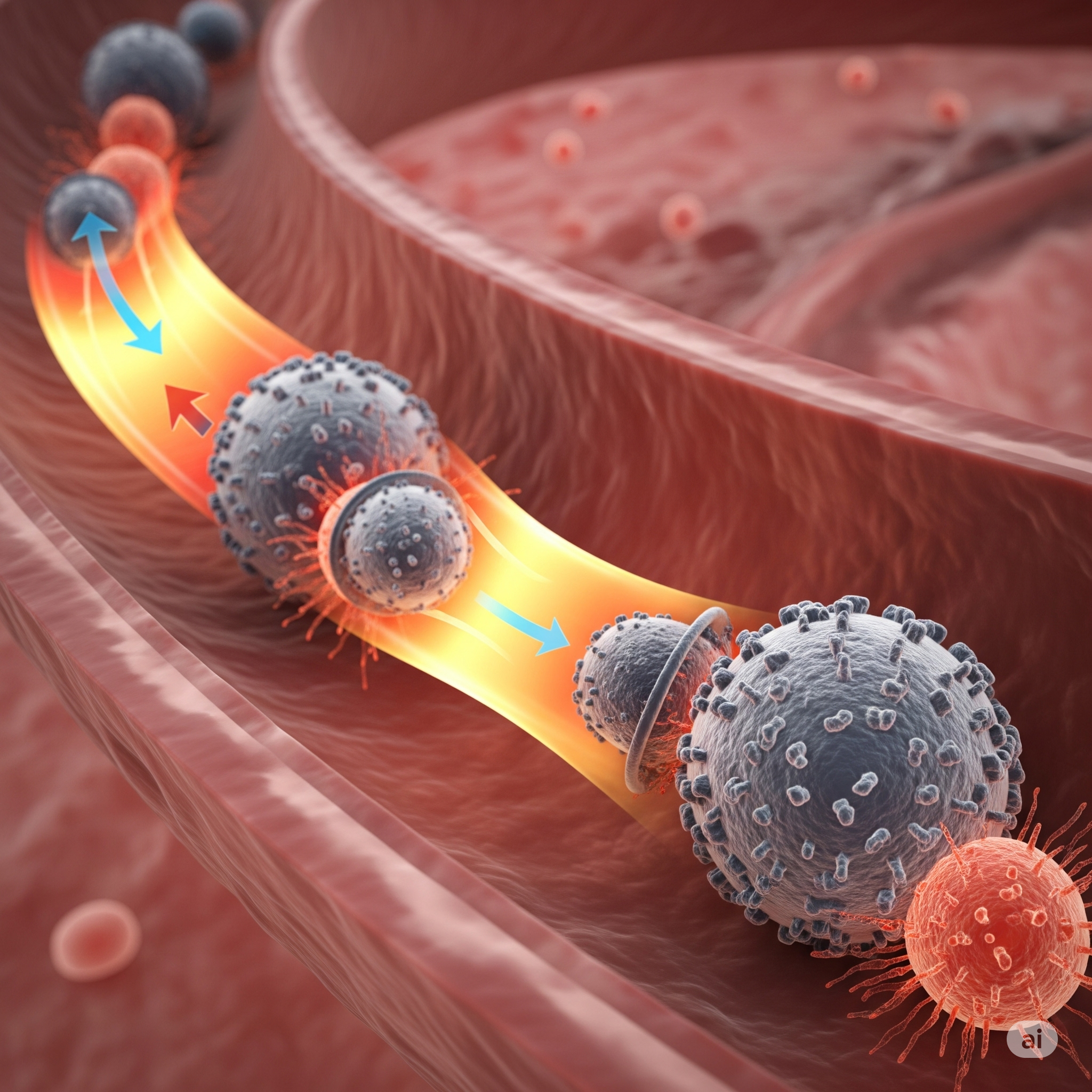📦 In Short
- Scientists developed nano-cup-shaped nanoparticles for cancer treatment.
- A one-step colloidal synthesis method was used to create them.
- These nanoparticles are partly coated with polyethylene glycol (PEG) to enhance bio-compatibility.
- They show great potential for photothermal therapy (PTT) by converting light into heat to kill cancer cells.
- This innovation could offer a minimally invasive and targeted alternative to conventional cancer therapies.
🧠The Fight Against Cancer Meets Nano-Innovation
Cancer remains one of the leading causes of death worldwide. While chemotherapy and radiation are common treatments, they often come with painful side effects and damage to healthy tissues.
A revolutionary approach called photothermal therapy (PTT) is emerging as a targeted and less harmful alternative. Now, a team of researchers has taken this a step further by developing nano-cup shaped particles that could dramatically improve the precision and effectiveness of PTT.
🧪 What Are Nano-Cups?
Nano-cups are a type of engineered nanoparticle designed with a unique concave structure—imagine a microscopic bowl or cup. This shape allows them to:
- Trap light more efficiently
- Absorb near-infrared radiation (NIR)
- Convert light energy into heat
This heat is then used to destroy cancer cells, without harming surrounding healthy tissues.
🔬 The Science: One-Step Colloidal Synthesis
Traditionally, creating such complex nanostructures involves multi-step chemical processes. However, this breakthrough was achieved using a one-step colloidal synthesis method. This process allows:
- Efficient production of uniform nano-cups
- Greater control over particle size and morphology
- Lower cost and scalability for real-world application
🧴 PEG Coating for Biocompatibility
The nano-cups have partial covering of polyethylene glycol (PEG), a common biocompatible material. PEG improves:
- Circulation time in the bloodstream
- Resistance to immune detection
- Targeted delivery to tumors
🌡️ How Photothermal Therapy Works
PTT involves:
- Injecting nanoparticles into the bloodstream.
- Targeting tumors using specialized coatings like PEG.
- Irradiating the area with near-infrared (NIR) light.
- The nano-cups absorb the light and convert it to heat.
- This heat kills cancer cells selectively, leaving nearby healthy tissue intact.
This therapy is particularly effective for surface or shallow tumors, including some breast, skin, and oral cancers.
đź’ˇ Why Nano-Cup Morphology Matters

Compared to spherical or rod-shaped nanoparticles, the nano-cup structure:
- Enhances light absorption and heat conversion efficiency
- Provides a larger surface area for drug or light interaction
- Offers more precise heat localization in cancer cells
This makes them more efficient and less damaging to healthy tissues.
âś… Potential Benefits
- Minimally invasive alternative to chemo or radiation
- Targeted therapy reduces side effects
- Can be combined with drug delivery systems
- Uses lower doses of radiation, reducing toxicity
- May reduce treatment time and hospital stays
⚠️ Limitations and Next Steps
While promising, this approach is still in preclinical research stages. Current challenges include:
- Long-term safety and biodegradability
- Precise targeting in deeper tissue tumors
- Regulatory approval for clinical trials
- Scaling up synthesis for industrial use
Future studies will focus on combining these nanoparticles with imaging agents and drugs, enabling theranostic applications (therapy + diagnostics).
🧾 Conclusion: A Step Closer to Smarter Cancer Therapies
The development of nano-cup-shaped, PEG-coated nanoparticles for photothermal therapy is a remarkable stride toward smarter, safer, and more targeted cancer treatment. With further testing and refinement, this innovation could reshape how we fight cancer—with heat, precision, and hope.









+ There are no comments
Add yours